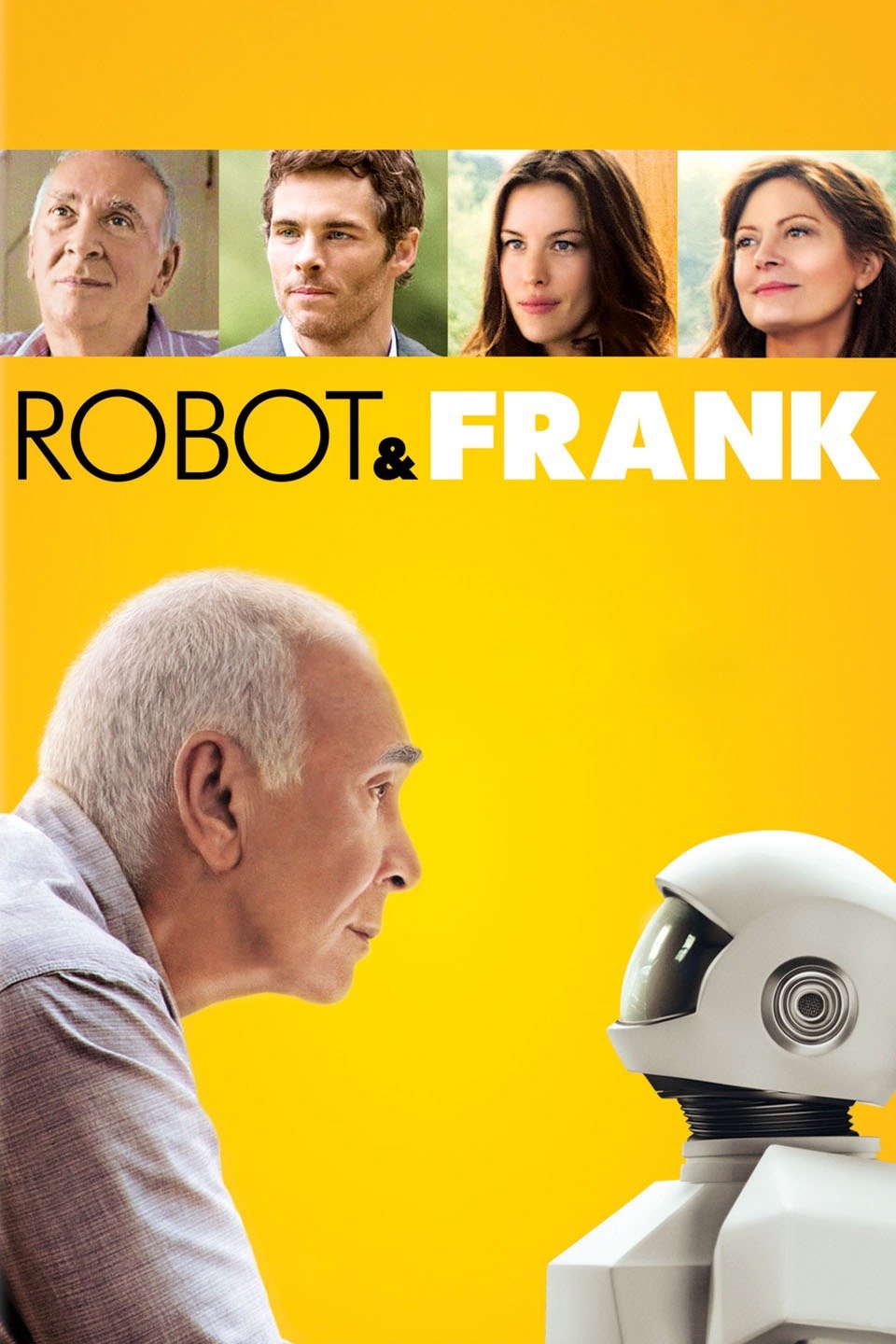Sep 3
2019
Are Robot Caregivers Part of the Future of Care?
 By Jane Byrne, care project coordinator, Firstcare.
By Jane Byrne, care project coordinator, Firstcare.
As technology advances, robots might be able to fill in the gaps when it comes to caring for the elderly in the near future. According to films such as “Robot and Frank,” robots might be used as caregivers in the near future. The films show that robots can carry out activities that humans can do, such as cooking and cleaning. Researchers believe that robots could be a better way of taking care of the elderly who are increasing in number day after day.
Mobile robotic telepresence systems have implemented a social robot that can provide positive social interaction with the elderly. Social robots can be controlled remotely using smartphone apps. The robots have been installed with video screens that allow the relative and social worker to interact with the elderly at any time. The mobile robotic telepresence systems thus enable communication between the elderly patient and other people through a computer screen. However, this type of social robot still requires someone to operate it for it to function.
Systems such as telecare have had their place for years, and we’re now seeing new and improved technologies come through which help to keep our residents safer. The aim is not to remove the human touch, but to increase patients’ overall quality of care, technology can actually increase the time we can spend with each patient, by removing tasks such as monitoring and non-critical tasks.
Developers around the world have been trying to come up with a robotic companion who is programmed with advanced artificial intelligence. This type of intelligence will allow the robot to interact with people without requiring someone to operate it; that is; the robot will be able to interact with people on its own. Examples of these companion robots include Paro and Airo. Other robots have been built to provide a more comprehensive and complex care, such as robots include Pepper and Care-O-Bot.
Paro social robots are used in Australia care homes for therapeutic purposes. The robot usually interacts by moving its wide eyes, head and flippers, or even producing certain sounds in response to certain touches. This type of robot is also used in Europe, parts of Asia and the United States.
According to research pet robots has been seen to be better companions to the elderly as opposed to other pets, thus reducing loneliness among the elderly. In the UK, robotic dogs which were introduced to care homes, have led to an increase in comfort and happiness among the elderly.
Social robots are said to provide solutions to the problems faced by elderly people and helps in reducing loneliness and social isolation that most elderly patients tend to face. Since the technology for developing these social robots is just beginning, humans are still the best caregivers to the elderly for now.
Robots might be part of the future when it comes to giving care, as long as humans are given full control when it comes to operating the robots to prevent any damages. By also involving the human, it eliminates the possibility of robots replacing human care, thus leading to more social isolation. If the few concerns are addressed before fully using the robots as caregivers, then robots will make up part of the future of care.